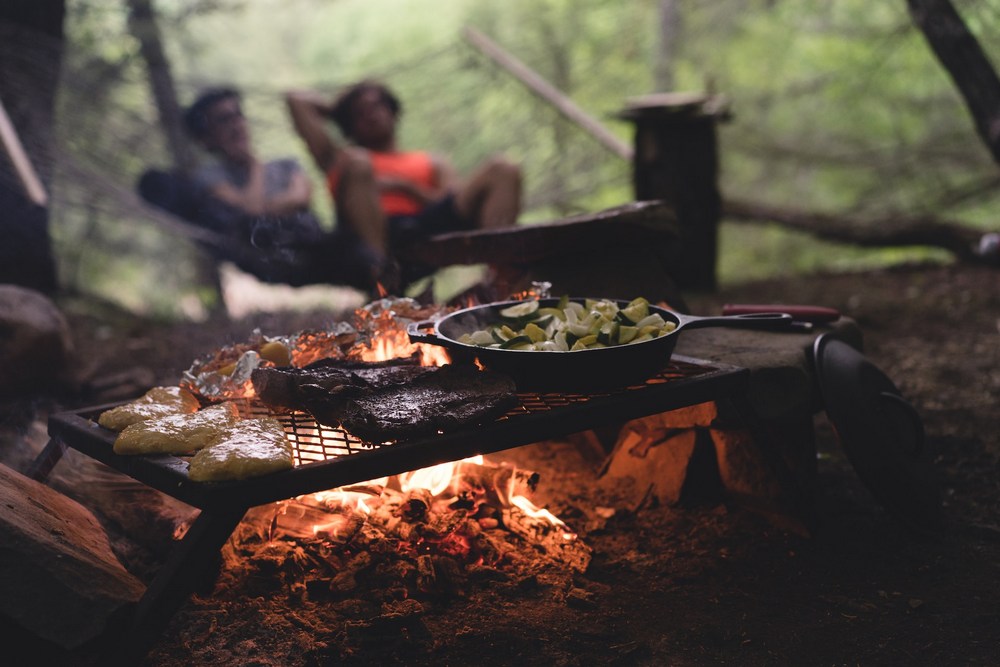In today’s fast-paced world, finding a moment of peace and a slice of solitude can feel like a quest for the Holy Grail. However, amidst the cacophony of urban sprawl and digital overload, tent camping offers a sanctuary, a return to simplicity and a profound connection with nature. “Embracing the Wilderness: A Comprehensive Guide to Tent Camping and Finding Solace in Nature” delves into this timeless activity, exploring the joys, essentials, psychological benefits, and navigational know-hows to enrich your outdoor experience. Whether you’re a seasoned camper or preparing for your first expedition, this guide illuminates the path to harmonizing with nature and rediscovering the solace it provides.
The Joy of Tent Camping: Reconnecting with Nature and Embracing the Outdoors
Tent camping is not just an activity; it’s an experience, a way to embrace nature and disconnect from the mundane. Imagine waking up to the chirping of birds, breathing in the fresh, crisp air, and being surrounded by a panorama of natural beauty. Tent camping allows you to reconnect with nature, offering a unique perspective on the world’s rhythms and the intrinsic beauty of the outdoors.
Embarking on a tent camping trip means embracing simplicity and minimalism. It’s about stripping away the superfluous and focusing on the essentials, fostering a deeper appreciation for the environment and your place within it. As you pitch your tent and set up camp, you engage in a ritual that humans have practiced for millennia, connecting with ancestors who found shelter and solace under the stars.
Moreover, tent camping nurtures a sense of community and camaraderie. Sharing stories around the campfire, exploring trails together, or simply enjoying the tranquility of a shared sunrise can create bonds that last a lifetime. This communal aspect enriches the camping experience, reminding us of our shared humanity and the collective joy found in nature’s embrace.
Essential Gear for Tent Camping: What You Need to Thrive in the Wild
To fully enjoy the tent camping experience, being well-prepared is crucial. The right gear can make the difference between a mediocre outing and a memorable adventure. Here’s a breakdown of the essential equipment every tent camper should consider:
- Tent: Your home away from home, choose a tent that suits the size of your group and the conditions you’ll face.
- Sleeping Bag and Pad: A good night’s sleep is essential, so invest in a quality sleeping bag and pad that match the climate.
- Cooking Gear: Whether it’s a portable stove or a set of lightweight pots and pans, being able to cook will enhance your camping experience.
- Navigation Tools: A map, compass, or GPS can ensure you stay on course and make the most of your surroundings.
- First Aid Kit: Always be prepared for minor injuries or emergencies with a well-stocked first aid kit.
Beyond these basics, consider your personal needs and the specifics of your destination. Always plan for the weather, bringing appropriate clothing and protection against the elements. And remember, while being prepared is essential, part of the joy of camping comes from embracing the unpredictability of nature and learning to adapt.
In the next response, I will elaborate on the remaining subtitles, detailing the mental and emotional benefits of tent camping and providing tips for navigating the challenges of this rewarding activity.










